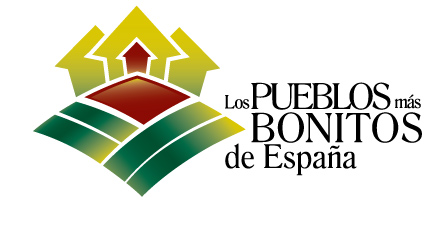Durro, the most beautiful villages of Spain
Durro

Durro is located above the valley of the Noguera de Tor at 1,395 meters high, and a little away from the main communication routes, towards the Port of Caldes and the one going down from the port of Erta towards Taüll and Boí. Etymologically, the name would come from the Basque DURRU and means "away".
It was an independent entity until 1965, the year it was added to the municipality of Vall de Boí. Today it is still, legally, a Decentralized Municipal Entity together with the Saraís nucleus.
La Fiesta Major Xica and la Fiesta Major
The "fiesta major xica" is celebrated on June 16 in honor of Saint Quirc. Around the festivity, the descent of fallas is celebrated. About fifteen days before, they went to the forest to cut down the pines and boxwoods to prepare the lighthouse that stands right in front of the hermitage of Sant Quirc de Durro. The lighthouse is composed of a tall pine, nailed to the ground, surrounded by pinatells propped up from above, and the gaps are filled with boxwood.
On the Sunday before the party, the fallas are prepared, with a bundle of teias tied vertically and the handle to be able to hold them.
On the day of the descent, all the fallaris gather to go to the hermitage and light the lighthouse that will later be used to light the falls. With all the fallas lit and all in a row, in front of the best man, they go down towards the town until they reach the square, which is full of people and to the sound of music cheering the arrival of the fallaris.
The Festa Major is celebrated on the day of Our Lady of September, on September 8, and the butlers and butlers dance the Flat Dance that is still maintained today, and it is when they change the butlers and butlers who will be the new ones in charge of preparing the party for next year.
